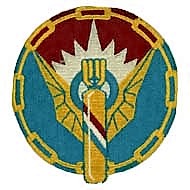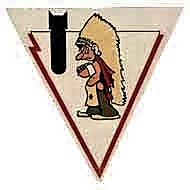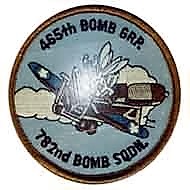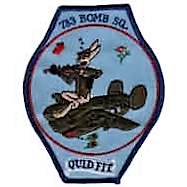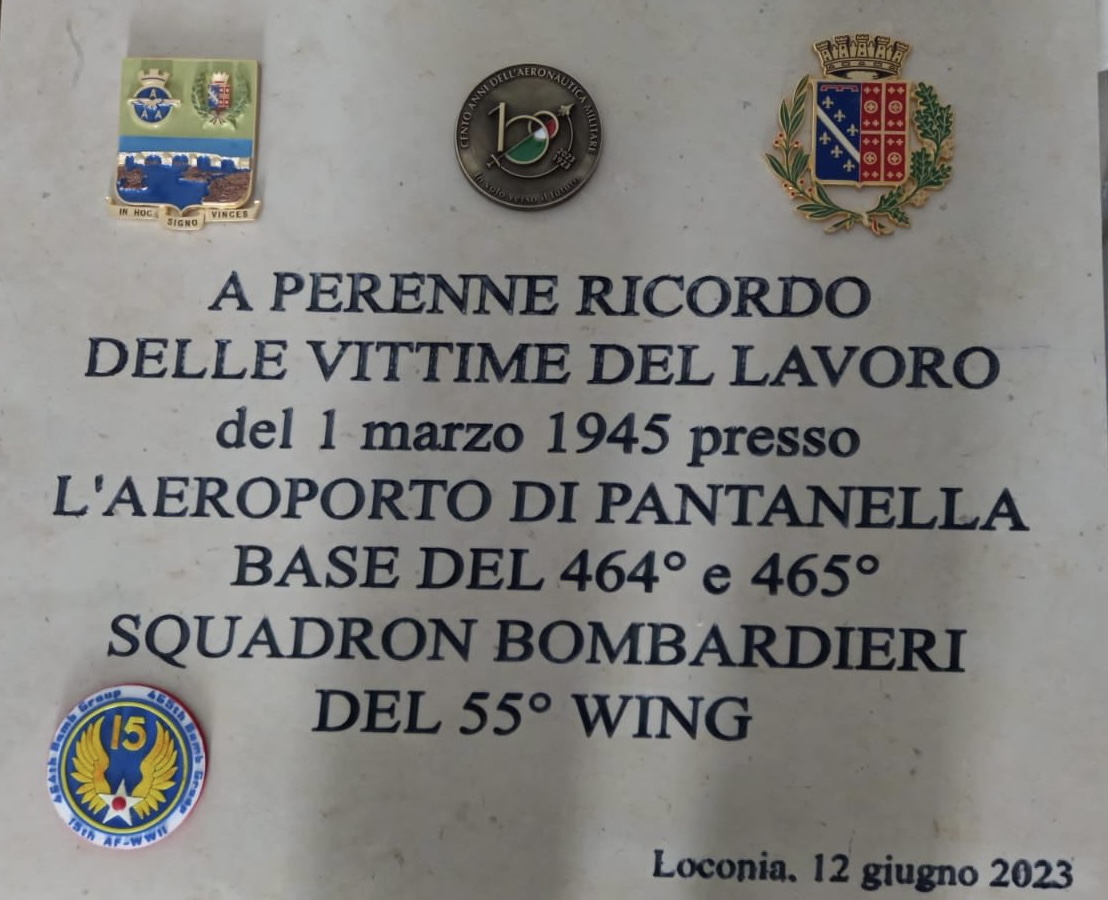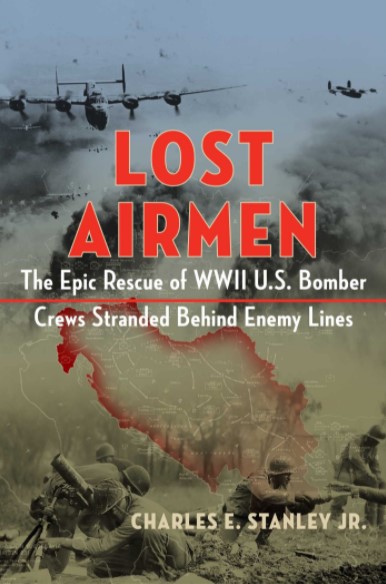Activated - 1 August 1943
Inactivated - 31 July 1945
Commanders
|
Col. Elmer J. Rogers
Jr. 24 August 1943 to 13 March 1944 |
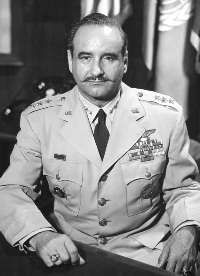 |
| Col. Charles A. Clark Jr. 13 March 1944 to 1 December 1944 |
 |
| Lt. Col. Joshua H. Foster, Jr. 1 December 1944 to 26 April 1945 |
 |
| Lt. Col. William F. Day Jr. 26 April 1945 to |
To find something on the website quickly, try using the following Google SiteSearch facility...
Under Air Force General Order No. 78, dated 29 May 1943, the 465th Bombardment Group (H) was activated on 1 August 1943 at the Army Air Base, Alamogordo, New Mexico. It consisted of Headquarters and four Squadrons: the 780th, 781st, 782nd, and 783rd. Under Special Order No. 4, dated 4 October 1943, the 465th Bombardment Group (H) was ordered to the Army Air Base, McCook, Nebraska, to begin its three phases of combat training.
The 465th Heavy Bombardment Group arrived at the base on October 7 and the training of this group was rigidly governed by War Department requirements, the 2nd Air Force, and 16th Bombardment Operational Training Wing policies. Training of the ground echelon proceeded in a normal and satisfactory manner. Initial lack of ground firing ranges impeded progress but the qualifications of the personnel met the minimum requirements of the War Department. The group maintained the best bombing score of any group in the 2nd Air Force.
The Group departed in February 1944 eventually arriving at Pantanella near Canosa, Italy in April 1944, and became part of the 55th Bomb Wing of the Fifteenth Air Force.
On 5 February 1944, the ground echelon and two combat crews, plus other flight crew members boarded a train at McCook, Nebraska — their destination the staging area at Topeka, Kansas. They arrived there on 6 February 1944 and stayed a few days during which time they completed final processing, physical examinations, and clothing and equipment checks.
The Group was given orders for shipment to Camp Patrick Henry, Virginia. After a short stay they were then sent to the Port of Embarkation, Newport News, Virginia, for the trip across the Atlantic Ocean. The Group personnel, were assigned to Liberty ship "Walter Ranger" for the trip to Oran, Algeria. The Walter Ranger departed from Newport News on 15 February 1944, joining the convoy of some eighty odd vessels for final departure the following day. It took twenty-two days to zigzag across to Oran. The journey overseas was not entirely uneventful, one vessel was torpedoed near Bizerte, Tunisia, and another struck a mine in the same area. The torpedoed ship sank shortly after being struck, but the other was able to make port.
After a lengthy stay in Oran, sleeping in tents near the edge of the desert, the Group personnel boarded the "SS Lyons" for the trip to Naples, Italy. After a long delay at Naples they were loaded in old railroad cattle cars for the trip to Pantanella, Italy, where the Group Airfield was located. There was neither food nor water on the train for the men. However, the train stopped about every twenty or thirty minutes along the way. The stops brought out the Yankee ingenuity in the men. At one stop near a U.S. Army Depot some of the men created a diversion for the Army guards while others made a raid on the canned food stored. At other stops the troops scrounged any food or water they could find. There were approximately 350 men crammed in the cattle cars for the two day trip to Pantanella where they arrived in late April 1944. The first job for these men was to set up all the tents, messhall, and burn the hay out of the flight briefing room which was located in an old barn. They also helped to lay the steel matting that formed the runway and parking ramps for the B–24s.
The flying echelon (less the two crews that had accompanied the ground echelon) left the air base at McCook on 5 February 1944 for the staging area, at Lincoln, Nebraska. There the crews were processed, clothing checked, and new equipment issued. The planes were given hundred-hour inspections and some had minor modifications made. The crews left Lincoln on 13 February 1944 for Morrison Field, West Palm Beach, Florida. The crews spent two or three days at Morrison. They spent this time getting last-minute lectures, doing some processing, and making wills and allotments or last-minute changes in the many papers filled out prior to overseas departure. Also final checks were made on the airplanes and clothing, mainly flying gear. The crews were given briefings for the next legs of the trip — to Trinidad and then Belem, Fortaleza, and Natal, Brazil. The navigators were issued a complete set of maps for the trip to Brazil. Each of the crews filed a flight plan for Waller Field, Trinidad, which was the first stop. The crews left Morrison Field for Waller Field on 16 February 1944. Takeoff time started at about 0330 hours local time, which gave the navigators a couple of hours for celestial work in preparation for the long flight over the Atlantic. Some crews made a stop at San Juan, Puerto Rico, to get additional fuel and a few cases of Puerto Rican rum. The crews spent one night at Waller Field.
The next stop on the trip was Belem, Brazil. The crews started the takeoffs from Waller Field on the morning of 17 February 1944 and arrived at Belem in the afternoon after flying over jungle and some expanse of water along the coastline. The field at Belem was used extensively and the sleeping quarters were comfortable. On 18 February 1944, the crews left Belem for Fortaleza and Natal, Brazil, a flight that was also primarily over water and jungle.
After the crews had rested overnight, they began the flight across the Atlantic to Dakar, Africa and all made the ocean crossing without any trouble. After an overnight stay in Dakar, the crews filed their flight plans for Marrakech, Morocco. On this flight some of the planes were forced to land at Tindouf, Algeria, because of the weather. This was an emergency landing field on the edge of the Sahara Desert with no overnight accommodations. Some of the crews had to spend several days and nights there sleeping in the planes. The wind blew all of the time and the nights were cold. The crews were glad when the weather cleared so they could continue the flight to Marrakech. After a short stay in Marrakech, they continued to Oudna Air Base, North Africa. The stay at Oudna was to last for some two months while waiting for the completion of the base at Pantanella, Italy.
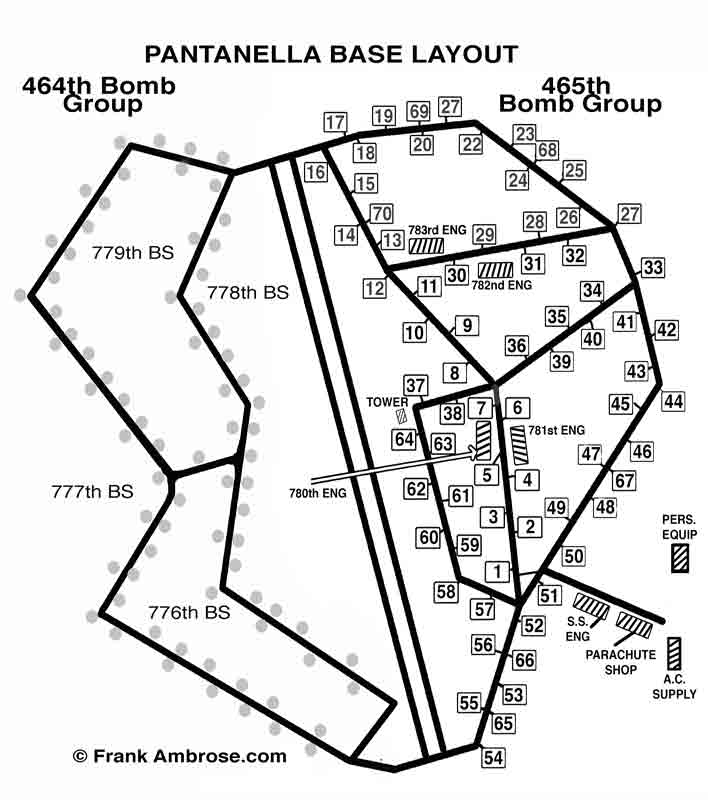
Destination ~Vienna
by
Kevin W. Edwards
Available from Author House
"This book will retrace the mission of one solitary B-24 Liberator bomber crew on a single day in March 1945 when they met their 'fate, somewhere among the clouds above.' We will see the kindred spirit of complete strangers who were thrust into and subsequently banded together by untenable circumstance, to rise and act to cast off the yoke of evil."
![]()
Twin Destinies
by
Delbert & Delmer Forsberg
Available from Outskirts Press
A true WWII account of twin brother fighter pilots Delbert and Delmer Forsberg, who along with their crews were shot down behind enemy lines while flying B-24 Liberator Bombers. With the help of Yugoslavian Partisans, Delbert and his crew would make a perilous escape hiking rugged mountains at night and remain hidden during the day, at times being so close to the enemy he could have touched them. Delmer and all but one of his crew would be captured by the Germans becoming Prisoners of War and forcibly marched from Stalag to Stalag often in below freezing conditions. At one point, Hitler would give orders for the prisoners to be marched to their final destination in dead of winter without benefit of shoes or belts to prevent their escape. Always on the verge of starvation, Delmer tells about daily survival inside prison camps and how innovative humans can be in such dire circumstances. Neither twin would know the fate of the other until after the war ended.
![]()
![]()
